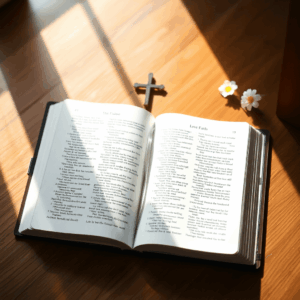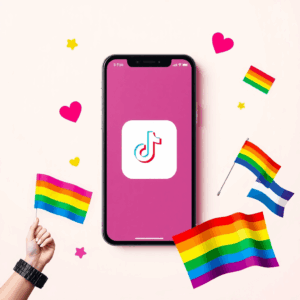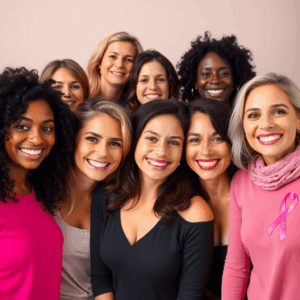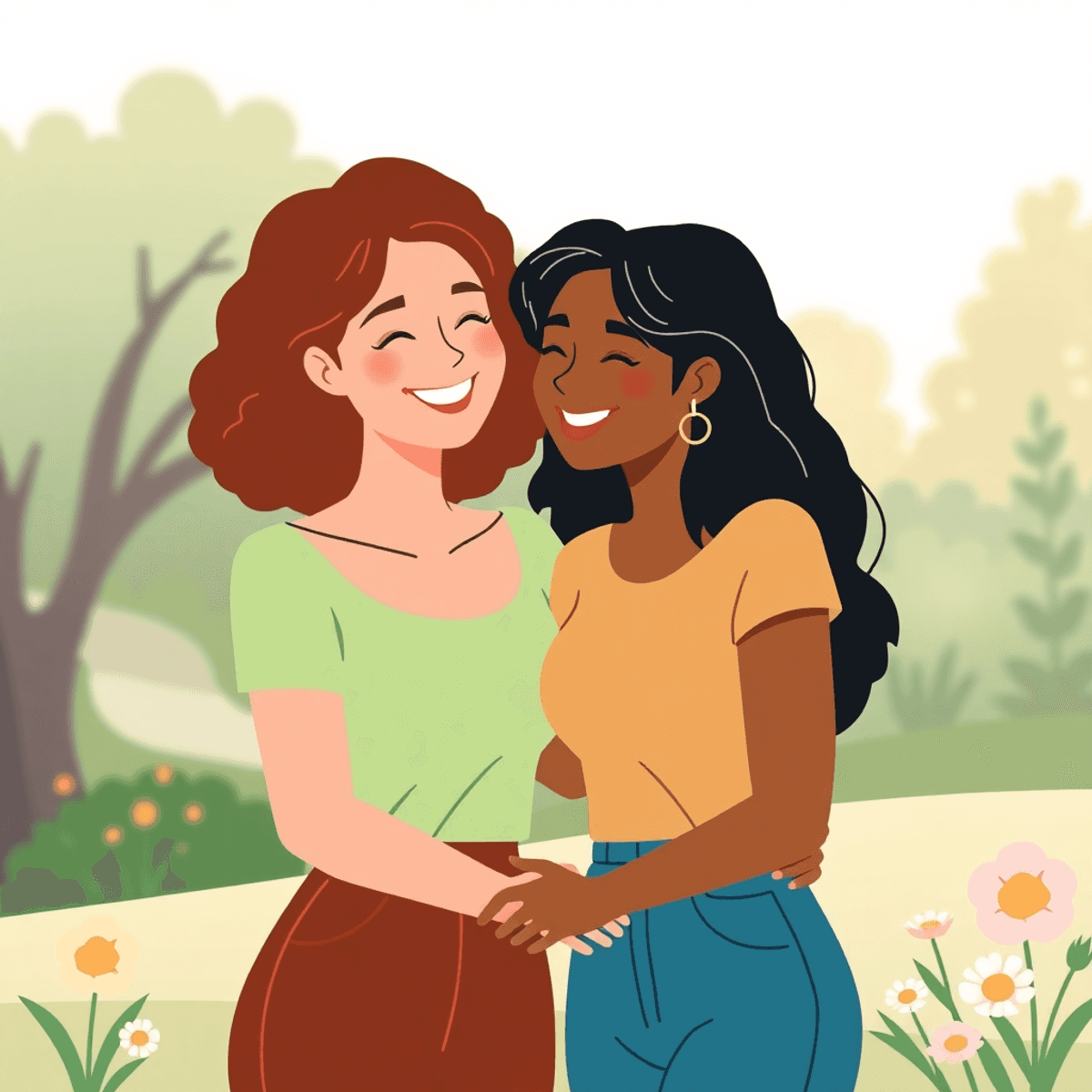Introduction
To understand what percentage of women have had a lesbian experience, we need to take a closer look at sexual orientation and identity. Lesbian experiences, in simple terms, refer to any intimate or sexual encounter between women. These encounters can happen regardless of one’s sexual orientation or how they identify.
Knowing about women’s same-sex encounters is important because it affects personal identity and societal norms. As cultural views change, it’s essential to recognize these experiences in order to promote a more inclusive understanding of sexuality.
This article will explore the statistics and trends related to women’s same-sex experiences. We will look at different groups of people and factors that influence these numbers in order to provide a comprehensive overview of how lesbian experiences are seen and reported in various parts of society. Through this exploration, readers will gain valuable insights into the changing dynamics of sexual orientation among women.
Understanding Lesbian Experiences
Defining what constitutes a lesbian experience requires a broad understanding of the terms same-sex relationships, sexual orientation, and intimacy. A lesbian experience, which can be defined as a woman who is romantically and/or sexually attracted to other women, ranges from emotional connections to physical intimacy between women. It is not limited to sexual acts but encompasses a wide spectrum of behaviors and feelings that contribute to one’s sense of identity and personal fulfillment.
Evolving Cultural Perceptions
Cultural perceptions of same-sex encounters among women have evolved significantly. Historically, such experiences were often stigmatized or dismissed as experimental phases. Today, there is greater recognition and acceptance of these encounters as legitimate expressions of one’s sexual orientation. This shift reflects broader societal changes toward embracing diversity in romantic and sexual identities.
The Significance of Lesbian Experiences
The significance of lesbian experiences in women’s lives cannot be understated. For many, these encounters are pivotal moments that shape their understanding of their own sexuality. They play a crucial role in expanding personal boundaries and challenging traditional norms around intimacy and relationships. These experiences often contribute to a greater sense of self-awareness and authenticity, allowing women to explore their desires without fear or judgment.
Understanding these dynamics provides valuable insights into the complexities of sexual orientation and the fluid nature of human intimacy, setting the stage for a more inclusive conversation about women’s sexuality. Furthermore, with the rise of technology, finding meaningful connections has become easier with platforms like Taimi, which offers one of the best lesbian dating apps on the market today.
Statistical Overview of Women’s Same-Sex Experiences
Age Demographics and Same-Sex Experiences Among Women
The exploration of same-sex experiences among women reveals fascinating insights into how age influences these encounters. According to a CDC survey, approximately 11.5% of women aged 18 to 44 have reported engaging in at least one sexual experience with another woman. This statistic provides a foundation for understanding the nuances of women’s sexual exploration across different age groups.
For younger women, particularly those in their late teens and twenties, the percentage is notably higher. About 14% of this demographic acknowledges having had lesbian experiences. This trend suggests that younger women may be more open to exploring their sexuality, potentially influenced by evolving social norms and greater acceptance within their peer groups.
Factors Influencing These Numbers
Several factors contribute to the prevalence of same-sex experiences among younger women:
-
Social Acceptability: There’s an increasing societal shift towards accepting diverse sexual orientations, which encourages individuals to explore same-sex attractions without fear of judgment. The growing visibility of LGBTQ+ communities and media representation plays a critical role in normalizing these experiences.
-
Cultural Shifts: Modern culture promotes sexual fluidity and experimentation, allowing younger generations to challenge traditional notions of heterosexuality. As cultural perceptions evolve, so do the opportunities for exploring various facets of one’s sexuality.
-
Peer Influence: Among younger women, peer groups often shape attitudes towards sexuality. Exposure to open-minded peers can lead to increased comfort in discussing and experiencing same-sex attractions.
These factors collectively create an environment where sexual exploration becomes a natural part of personal development for many young women.
Understanding what percentage of women have had a lesbian experience provides valuable insights into broader societal trends. A detailed analysis reveals not only the numbers but also the underlying dynamics that drive these statistics. By examining the data closely, you gain a deeper appreciation for how age demographics shape women’s same-sex experiences and what this means for future generations.
How Educational Background Influences Reporting Same-Sex Experiences Among Women
Looking at the relationship between education levels and reporting same-sex experiences can help us understand societal attitudes towards sexuality. The CDC survey sheds light on this issue, showing that 11.5% of women aged 18 to 44 have had sexual encounters with other women. However, when we examine the data based on education level, we see some interesting patterns:
- 10% of women with a bachelor’s degree say they have had a same-sex experience.
- This number goes up to 15% among those without a high school diploma.
These statistics reveal an intriguing trend: women with lower education levels are more likely to report having same-sex encounters. This could indicate different levels of openness or acceptance influenced by educational settings.
The Impact of Educational Background on Sexuality
Education may shape how exposed someone is to various ideas and cultural norms, which in turn could affect their willingness to explore or talk about same-sex experiences. For example, higher education often promotes more liberal views on sexuality, but the data suggests that women with less formal education are reporting these encounters more often. This could mean either an actual increase in such experiences or differences in comfort levels when discussing them in surveys.
Implications for Societal Norms
These findings have broader implications beyond individual behavior; they also speak to societal attitudes. They suggest that factors like education and socioeconomic status play important roles in shaping how people perceive and accept sexuality. Understanding these complexities helps us make sense of wider trends observed across different age groups and can inform conversations about sexual exploration and identity development among various demographic groups. The social determinants of health such as education and socioeconomic status significantly influence the reporting of same-sex experiences among women, as highlighted in a study published on PMC.
Trends in Openness Toward Same-Sex Experiences Among Women
Young Women’s Engagement with Same-Sex Experiences: A Closer Look at Straight Women Aged 18 to 24
A growing trend among straight women aged 18 to 24 reveals that about 25% have engaged in same-sex experiences. This statistic reflects a significant shift in societal norms and acceptance regarding sexual exploration and fluidity.
Several factors contribute to this trend:
-
Changing Cultural Narratives: The past decade has seen a notable shift in how society views sexuality. Traditional boundaries defining sexual orientation are blurring, leading to increased openness toward same-sex experiences among young women.
-
Influence of Media Representation: Positive representation of same-sex relationships in media plays a crucial role. Characters and storylines in television, film, and social media normalize these experiences, encouraging exploration without stigma.
-
Generational Shifts: As younger generations grow up with more inclusive attitudes towards sexuality, they often challenge the rigid definitions of sexual identity their predecessors adhered to. This generational shift promotes an environment where young women feel more comfortable exploring their desires.
-
Peer Influence and Social Dynamics: Peer groups significantly impact individual behavior and attitudes. In environments such as colleges or urban settings where diversity is celebrated, young women might feel more encouraged to explore different facets of their sexuality.
This increased engagement with same-sex experiences is not solely about sexual orientation but also about personal growth and discovery during formative years. For many, these encounters represent a broader understanding of intimacy and connection beyond traditional heterosexual norms.
The question “What percentage of women have had a lesbian experience?” serves as a gateway into understanding how societal changes influence personal choices. Such experiences underscore the importance of acknowledging diverse sexual identities as critical aspects of women’s lives, especially when social acceptance plays a pivotal role in shaping these narratives.
By examining the trends among straight women aged 18 to 24 engaging in same-sex activities, one can better comprehend the evolving landscape of female sexuality. This insight highlights not only the prevalence of these experiences but also the underlying cultural shifts making them possible.
Understanding Lifetime Prevalence of Same-Sex Experiences Among Women
The exploration of same-sex experiences among women throughout their lives reveals intriguing patterns and insights. Approximately 17% of women report having had intimate same-sex contact at some point in their lives. This statistic prompts a closer examination of sexual fluidity and how societal norms and acceptance have shifted over the years.
The Role of Cultural Representation and Media
Understanding these patterns involves recognizing the role of cultural representation and media in promoting openness toward diverse sexual experiences. Television shows, movies, and other forms of media have increasingly depicted same-sex relationships, contributing to changing perceptions and reducing stigma. These representations can encourage more individuals to explore their own identities without fear of judgment.
Generational Shifts in Attitudes
Generational shifts in attitudes also play a crucial role. Younger cohorts, particularly those aged 18 to 24, are growing up in an environment that is more accepting of diverse sexual orientations. This increased openness may lead to higher lifetime prevalence rates as straight women feel more comfortable exploring same-sex encounters without the constraints imposed by previous generations.
Evolving Expressions of Intimacy
While intimate contact spans various expressions, its prevalence underscores broader societal changes. As norms evolve, the lines between traditional labels like “straight” or “lesbian” blur, allowing for a richer tapestry of human experience. Women today might engage in same-sex activity not solely for identity reasons but as part of a broader exploration of intimacy.
Insights into Personal and Societal Transformations
The statistic that around 17% of women have experienced intimate same-sex contact highlights these evolving dynamics, offering insights into both personal and societal transformations. This ongoing journey toward broader acceptance paves the way for future discussions about identity and connection across diverse communities.
Conclusion
Understanding what percentage of women have had a lesbian experience is more than just a statistical exercise—it’s a gateway to appreciating the complexity of women’s sexuality. Ongoing research and discussion are crucial in fostering a deeper acceptance and understanding of diverse sexual experiences and identities.
-
Continued Research: There’s a need for more comprehensive studies that explore the nuances behind these statistics, such as cultural, social, and psychological factors influencing same-sex experiences.
-
Social Acceptance: As society becomes more open, recognizing and celebrating these experiences can help dismantle stigma and support sexual fluidity.
These efforts not only illuminate the rich tapestry of human sexuality but also pave the way for a more inclusive future. Engaging with these topics contributes to a broader societal conversation about acceptance, identity, and love in all its forms.
FAQs (Frequently Asked Questions)
What percentage of women have had a lesbian experience?
According to various studies, approximately 11.5% of women aged 18 to 44 have reported having a same-sex experience at some point in their lives. This statistic reflects changing societal norms and acceptance around women’s sexuality.
How do age demographics influence same-sex experiences among women?
Younger women, particularly those aged 18 to 24, show higher rates of same-sex experiences, with about 25% of straight women in this age group reporting such encounters. This trend may be influenced by shifting cultural perceptions and increased social acceptability.
What role does educational background play in reporting same-sex experiences?
Research indicates that educational attainment correlates with the likelihood of reporting same-sex experiences. For instance, about 10% of women with a bachelor’s degree report such encounters, compared to 15% of those without a high school diploma.
What are the trends in openness toward same-sex experiences among younger women?
There has been a noticeable increase in openness toward same-sex experiences among younger generations. Factors contributing to this trend include changing societal norms and greater visibility of LGBTQ+ representation in media and culture.
How has societal acceptance of same-sex encounters evolved over time?
Over the years, attitudes toward same-sex encounters have become more accepting. A significant statistic is that around 17% of women report having had intimate same-sex contact at some point in their lives, suggesting an increasing recognition of sexual fluidity.
Why is it important to understand women’s same-sex encounters?
Understanding women’s same-sex encounters is crucial for recognizing the complexities of female sexuality and promoting acceptance. Continued research helps illuminate patterns and shifts in sexual orientation, which can inform broader discussions on gender and sexuality.
Written by
Joshua Gonzales
You may also interested in:

What does the Bible say about lesbian women?
Explore what the Bible says about lesbian women, focusing on scripture, context, and distinctions between attraction and behavior.
Why are straight women obsessed with lesbian TikTok?
Explore why straight women are drawn to lesbian TikTok, from curiosity and identity to authentic connections and community support.
